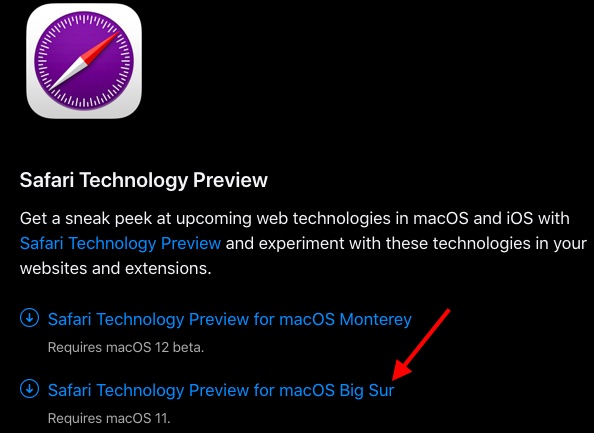
Prospective package developers should refer to the Package Development Guide. Package DevelopmentīEAST 2 is designed to be extended. The list of frequently asked questions (FAQ).įor performance-related issues, refer to this handy list of suggestions for improving performance.An explanation of error messages and their meanings.In such cases, the following, please review the following information: While we aim to make using BEAST 2 a pleasant experience, problems do sometimes arise. Dealing with Problems and Performance Issues See the Managing Packages page for details.Ī list of known currently-available packages is provided in the BEAST 2/BEAST 1 feature comparison table. This is made easy by the BEAST 2 Package Manager, which is part of BEAST 2’s graphical user interface. To access these methods, you must download the corresponding packages in addition to BEAST 2. This means that the package is developed and maintained separately to BEAST 2 itself. In BEAST 2, many models and analysis methods are implemented as BEAST 2 Packages. Join the users mailing list by visiting the beast-users group or sending an email to This list is used to announce new versions and to advise users about bugs and other problems.Īfter completing these introductory steps, you’ll be well equipped to dive into the BEAST 2 Book.Work through the available tutorials, particularly those applicable to your data.Familiarise yourself with the terminology used by BEAST 2 users and developers.We therefore encourage you to perform the following: Getting StartedĪs BEAST 2 is such a large and complicated application, first-time users may find coming to grips with the program and its capabilities a daunting task. For a comparison of features/models currently available in BEAST 2 with those currently implemented in BEAST 1, refer to this features table. As a result, BEAST 2 has rapidly acquired the ability to perform a diverse array of model-based analyses. This makes it easier to extend BEAST 2 via its package system. Version 2īEAST 2 is a rewrite of BEAST 1.x, placing a greater emphasis on modularity. Previous releases and version history are available on the BEAST2 releases web page. The XML reference is available in the online manual.
Download old aim for mac code#
The BEAST 2 source code is available from the GitHub repository, which produces the latest cutting edge jar file here: beast.jar. Older versions are available from the BEAST2 releases web page.
Download old aim for mac install#
If you download a version of BEAST without Java, you need to install Java separately (for OS X, JDK 8 is recommended).
Download old aim for mac upgrade#
Select one of the following to download the version for your operating system:Īfter this, or if you already have v2.6.X (X=0, 1 or 2) installed, you can upgrade via the package manager. The latest version of BEAST 2 is version 2.6.6.

BEAST 2 includes a graphical user-interface for setting up standard analyses and a suit of programs for analysing the results. BEAST 2 uses Markov chain Monte Carlo (MCMC) to average over tree space, so that each tree is weighted proportional to its posterior probability.

It can be used as a method of reconstructing phylogenies but is also a framework for testing evolutionary hypotheses without conditioning on a single tree topology. It estimates rooted, time-measured phylogenies using strict or relaxed molecular clock models. BEAST 2 is a cross-platform program for Bayesian phylogenetic analysis of molecular sequences.


 0 kommentar(er)
0 kommentar(er)
